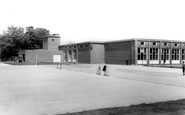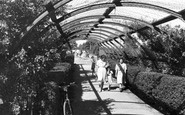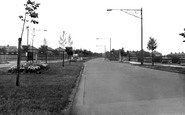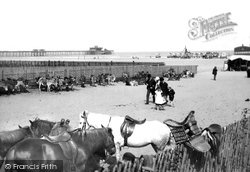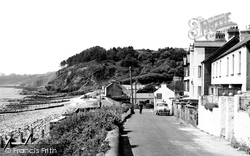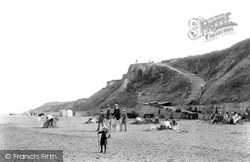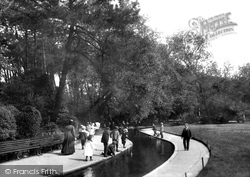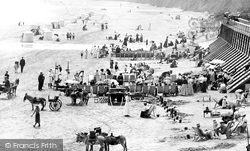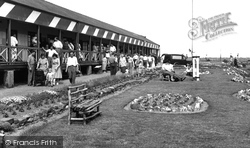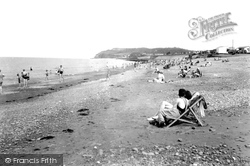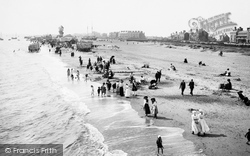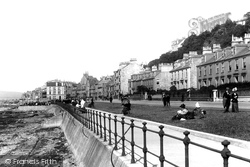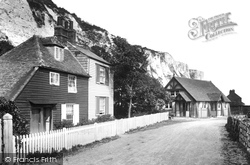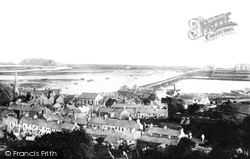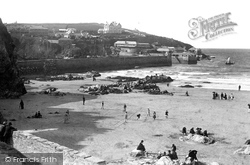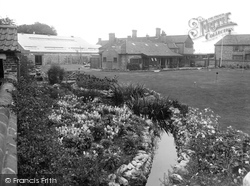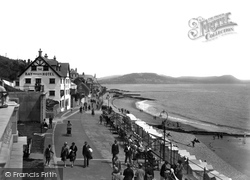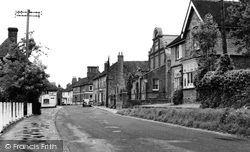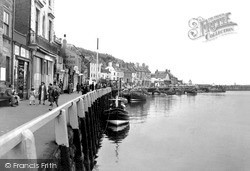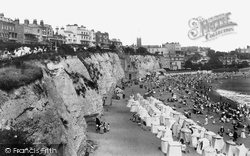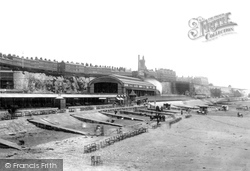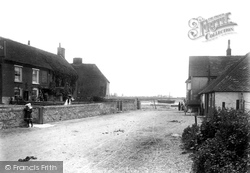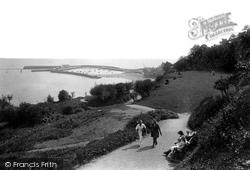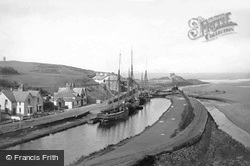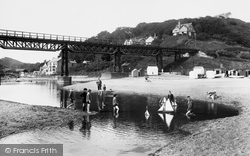Places
12 places found.
Those places high-lighted have photos. All locations may have maps, books and memories.
Photos
191 photos found. Showing results 821 to 191.
Maps
115 maps found.
Books
1 books found. Showing results 985 to 1.
Memories
1,374 memories found. Showing results 411 to 420.
Eastwell Park Lake Church
My great-grandfather sketched this landscaped scene in pencil & pastils, his name was Thomas Corbett McDonald. I was thrilled to find this address, it answers a lot of questions. I'm from Sydney Australia and as I ...Read more
A memory of Westwell in 1870 by
My Memories Of Dibden Purlieu
I lived in Talbot Road back then with my foster sisters and our wonderful Foster Mum Mrs. Jones. I can remember attending Orchard Road Junior School durring the Queens Silver Jubilee and getting a coin with the ...Read more
A memory of Dibden Purlieu in 1977 by
I Am Not A Beach Boy
I am not a beach boy, even though we share a name. (I have not worked out how to create paragraphs,so bear with me.) My parents moved to the Beach when I was about 11 years old (around 1953) to Beach Road. We lived in the ...Read more
A memory of Severn Beach in 1953 by
Angmering On Sea Beach Huts
I first went to Angmering after the war. My grandparents lived there and we used to spend time there in the summer. In those days there were no such things as beach furniture or pic-nic equipment. We had an ex army ...Read more
A memory of Angmering in 1950
Equis Coffee Shop
I remember spending most of my night in Equis with all my mates and we used to have a great time listening to the jukebox etc, flirting with the lads. Does anyone remember? Jennifer Stratford Midge Pigford ...Read more
A memory of Easington Colliery by
My Grandads Family
My Grandads family were from Horton, as far as I know they had a farm here. My Grandad (Kenneth Grove) moved to the Northeast of England when he married my Nan. My Grandad died in 1984, when I was 4 years old, and ...Read more
A memory of Horton
My Visits To Dormanstown.
My mother came from Dormanstown and my grandparents, Ellen and James Mitchell, lived at 67, Broadway West. This was a Dorman-Long house as my grandfather and an uncle worked for the Dorman-Long Steel Works. I spent ...Read more
A memory of Dormanstown in 1950 by
York Avenue
York Avenue is the one road in Jarrow (although I am from Manchester) that I could never forget, it's like a main road into Jarrow, my cousin had a house on York Avenue, it's a road you can a bus to anywhere up the north-east, and to most of the lovely beaches. Primrose
A memory of Jarrow
Lovely Braunton
My parents, my aunt and myself moved to Braunton in 1971. We lived next door to the Clarkes who were very kind to us. Although we had moved from a large town house, this house seemed large too - it had a wonderful view right ...Read more
A memory of Braunton in 1971 by
Paradise
1969 wasn't my first visit to Blackwaterfoot, that was two years earlier, but it was probably the year I fell in love with the place. We stayed at The Rock Hotel, and I was 12 at the time. It was a small establishment, probably ...Read more
A memory of Blackwaterfoot in 1969 by
Captions
1,131 captions found. Showing results 985 to 1,008.
There is no pier here, but East Runton attracts people who prefer quieter beaches and country scenery.
Bracing is a good word to describe the north and east winds that frequently blow into the coast here, but the sand beaches are superb compensation.
Nearby Amroth Castle is a grand 18th-century house that sits on the site of Amroth's original Norman fortress, just yards from Amroth beach.
In this picture smart young men stroll along the beach, and ladies who are brave enough to enter the sea would change into their swimsuits in the bathing tents.
This sylvan setting was as equally appealing as the beach for young and old alike, and the waters of the Bourne, tamed and enclosed, were an ideal place for children to sail their boats.
Deckchairs and beach tents were available for hire, and the donkeys are saddled to take different age groups.
Every effort has been made to intensify the holiday atmosphere: there are 'cabin' style chalets daubed with bright colours, rustic seats, flower-bedded lawns and plenty of beach space.
After the historic riches of Dunster we descend, physically as in other ways, to Blue Anchor Bay, a seaside resort with a long beach and little character.
Pleasure boats are anchored in the shallows, and the large hulk of the old 'museum' ship, the 'Eliza', is higher up on the beach.
Here we see the esplanade with the pebble beach in evidence.
The adjoining sandy beach has been the starting point for generations of Channel swimmers since the days of Captain Matthew Webb's successful feat in 1875.
It has since developed as a pleasant seaside resort with a lengthy sandy beach and a little harbour. It is an important market centre.
Here we have an early view of Towan Beach, with everyone overdressed for the seaside. A game of tennis is in progress on a court marked out in the sand.
The adjoining sandy beach has been the starting point for generations of Channel swimmers since the days of Captain Matthew Webb's successful feat in 1875.
Being on the junction of the coast and beach road, it provides a convenient watering-hole for tourists.
Lucy's Ledge Jetty (lower right) was constructed by the eminent geologist Sir Henry de la Beche in 1820.
The foundation stone was laid by Miss Beach of Oakley Hall on 14 June 1886.
Then as now, one could dawdle on the way to the beach and look at the gift shops or stop for a cuppa, or even have some oysters – an oyster stall is just visible (centre left).
The line of new hotels along the cliff-top, including the white stuccoed Albion Hotel, and the crowded beach, are a clear indication of the resort's appeal to holidaymakers.
The beach is overlooked by the Georgian houses of Wellington Crescent. In the centre is the Sands station, owned by the London, Chatham & Dover Railway, which opened on 5 October 1863.
A two-masted sail- ing ship lies in a mud berth, a washing line post leans on the beach and women in long skirts stand and look towards the harbour.
The medieval Cobb harbour spreads out below (centre left) with a shingle beach separating it from Cobb hamlet (centre).
Sand was dug from the beach and carried up the tramway we can see on the right.
Sandsend was just three miles along the sandy beach from Whitby.
Places (12)
Photos (191)
Memories (1374)
Books (1)
Maps (115)

